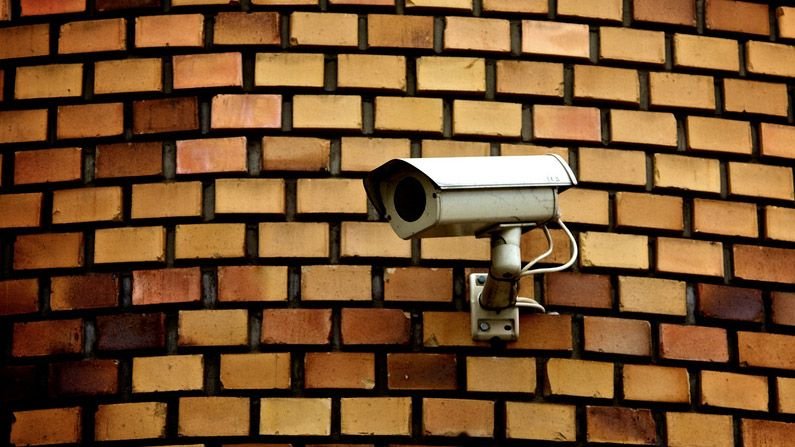07. Avoid file uploads
Allowing users to upload files to your website can be a big website security risk, even if it’s simply to change their avatar. The risk is that any file uploaded, however innocent it may look, could contain a script that when executed on your server, completely opens up your website.
If you have a file upload form then you need to treat all files with great suspicion. If you are allowing users to upload images, you cannot rely on the file extension or the mime type to verify that the file is an image as these can easily be faked. Even opening the file and reading the header, or using functions to check the image size are not foolproof. Most images formats allow storing a comment section that could contain PHP code that could be executed by the server.
So what can you do to prevent this? Ultimately you want to stop users from being able to execute any file they upload. By default web servers won’t attempt to execute files with image extensions, but don’t rely solely on checking the file extension as a file with the name image.jpg.php has been known to get through.
Some options are to rename the file on upload to ensure the correct file extension, or to change the file permissions, for example, chmod 0666 so it can’t be executed. If using *nix, you could create a .htaccess file (see below) that will only allow access to set files preventing the double extension attack mentioned earlier.
deny from all
<Files ~ "^\w+\.(gif|jpe?g|png)$">
order deny,allow
allow from all
</Files>Ultimately, the recommended solution is to prevent direct access to uploaded files altogether. This way, any files uploaded to your website are stored in a folder outside of the webroot or in the database as a blob. If your files are not directly accessible you will need to create a script to fetch the files from the private folder (or an HTTP handler in .NET) and deliver them to the browser. Image tags support an src attribute that is not a direct URL to an image, so your src attribute can point to your file delivery script providing you set the correct content type in the HTTP header. For example:
<img src="/imageDelivery.php?id=1234" />
<?php
// imageDelivery.php
// Fetch image filename from database based on $_GET["id"]
...
// Deliver image to browser
Header('Content-Type: image/gif');
readfile('images/'.$fileName);
?>Most hosting providers deal with the server configuration for you, but if you are hosting your website on your own server then there are few things you will want to check.
Ensure you have a firewall setup, and are blocking all non essential ports. If possible setting up a DMZ (Demilitarised Zone) only allowing access to port 80 and 443 from the outside world. Although this might not be possible if you don’t have access to your server from an internal network as you would need to open up ports to allow uploading files and to remotely log in to your server over SSH or RDP.
If you are allowing files to be uploaded from the Internet only use secure transport methods to your server such as SFTP or SSH.
If possible have your database running on a different server to that of your web server. Doing this means the database server cannot be accessed directly from the outside world, only your web server can access it, minimising the risk of your data being exposed.
Finally, don’t forget about restricting physical access to your server.





